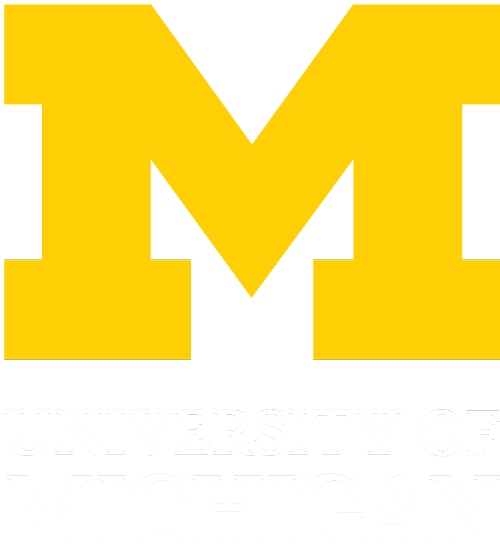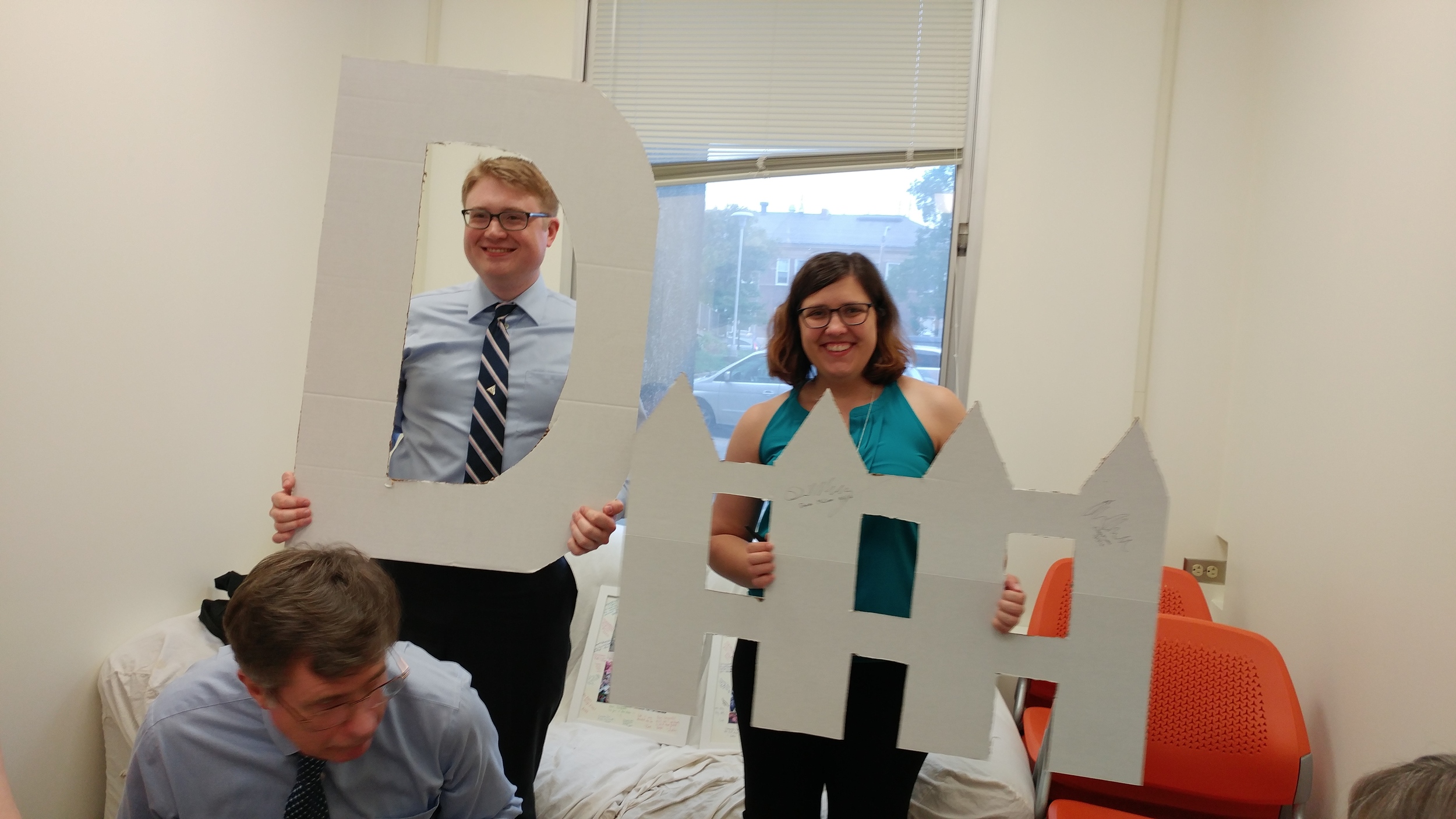Alex was one of three students awarded the Research Corporation Physical Chemistry Travel Award. This award supports travel to the 253rd American Chemical Society National Meeting in San Francisco, CA this spring, where Alex will give a talk "Facile in-situ polymer brush characterization using whispering gallery mode sensors."
Mad Minute with Ryan Bailey
The Michigan Center for Integrative Research in Clinical Care (MCIRCC) profiled Ryan as part of their "Mad Minute" series. Click here to read about our lab's efforts related to clinical and to read more about MCIRCC.
Cover of First C&EN of 2017 Highlights the Lab's Work
Ryan joins Analyst Editorial Board
New year, new editorial duties! Ryan has joined the Editorial Board of Analyst as as Associate Editor. As you might expect from the journal title, Analyst published high quality analytical research that fall under three broad scopes: bioanalytical, analytical nanoscience, and advanced analytical systems.
The lab has published three manuscripts in the journal including:
- Multiplexed evaluation of capture agent binding kinetics using arrays of silicon photonic microring resonators, J.-Y. Byeon, R.C. Bailey, Analyst, 2011, 136, 3430-3433.
DOI: 10.1039/c0an00853b - Photonics-on-a-Chip: Integrated Waveguides as Enabling Detection Elements for Lab-on-a-Chip Biosensing Applications, A.L. Washburn and R.C. Bailey, Analyst, 2011, 136, 227-236.
DOI: 10.1039/C0AN00449A - Multiplexed Cancer Biomarker Detection Using Chip-Integrated Silicon Photonic Sensor Arrays, A.L. Washburn, W.W. Shia, K.A. Lenkeit, S.-H. Lee, R.C. Bailey Analyst, 2016, 141, 5358-5365
DOI: 10.1039/C6AN01076H - Featured on the Cover of the Journal
Congratulations to Ryan!
ACS Central Science Highlights Technology from the Lab
Here's a snippet from the article:
Adding more tests to an instrument will necessitate new detection strategies that don’t require separating the sample into ever-tinier aliquots for each test. One promising approach came from Ryan C. Bailey, now at the University of Michigan, and Genalyte, a company he helped launch in 2007 to explore the blood-testing potential of a technology based on silicon microring resonators.
When light circulates in a cavity, the light waves that are in phase resonate, amplifying the signal. It’s the optical equivalent of rubbing a finger on the rim of a wine glass to create a resonant sound wave. Altering the volume of wine in the glass changes the pitch of the note. This concept led Bailey and his co-workers to carve picometer-wide rings into silicon chips that they stud with antibodies to blood components like proteins, nucleic acid disease markers, or pathogens. When the antibodies bind to antigens like these in a blood sample, the bound molecules change the refractive index of each ring’s resonating light and, thus, the color of the amplified light.
The technique is sensitive and inexpensive, but what is most promising about the technology to Bailey is that it can detect many antigens at a time. Genalyte’s chips each currently hold 128 rings, and a 250 μL sample “goes over all sensors in one shot”, says CEO Gunn. Clinical studies by the company show that capillary blood works as well as venous blood with the chips.
Their first target for commercialization is a chip including the 20 or so protein tests that a rheumatologist would commonly order to help diagnose autoimmune diseases such as lupus; the company is working on getting FDA approval for this device.
Congrats to Steve for Advancing to Candidacy!
Lab Alumna, Dr. Christine Herman featured by UIUC Grad College
Check out the article here!
Here's an exerpt:
"What has been the most valuable transferable skill you gained from graduate school?
The most valuable transferable skill I gained from graduate school is being fearless in approaching a topic that I may know absolutely nothing about and taking steps to figure out what I need to know. In research, your goal is to break new ground in your field, and that requires first becoming aware of the current status of the field and then figuring out what open questions remain. In journalism, it's very similar in the sense that you can't be intimidated. You have to just dive right in, find the information you need and not be afraid to ask questions. I also learned perseverance and hard work. Being a researcher was the most grueling job and I have ever had, and I worked in a lab that was very supportive of having good work-life balance. I look back on those days and think about how they were really character building. That's why when people ask me if I would do it all over again and get the PhD if I had known I wanted to ultimately be a journalist, I'm torn. You certainly don't need a PhD to do what I do, but there are so many ways that the graduate school experience has really helped me.
Congrats to Richard on his recent publication!
PCR-free, Multiplexed Expression Profiling of microRNAs using Silicon Photonic Microring Resonators
R.M. Graybill, C.S. Para, R.C. Bailey Analytical Chemistry, 2016, ASAP
Abstract
We describe an approach for multiplexed microRNA analysis using silicon photonic microring resonators to detect cDNA reverse transcription products via a subsequent enzymatic signal enhancement strategy. Key to this method is a modified stem loop primer that facilitates downstream signal amplification via enzymatic turnover and improves the sensor signal 20-fold when compared to traditional stem loop primers. This approach facilitates targeted microRNA quantification in only 2.5 hours and without requiring target amplification via the polymerase chain reaction (PCR). Primers for 7 miRNA targets were orthogonally designed to avoid cross-hybridization between capture probes. This approach was applied to the detection of total RNA from human tissues and found to display differential expression profiles consistent with literature precedent. This development holds promise as an alternative to single-plex RT-qPCR methods and more expensive RNA-seq by offering a cost-effective method to analyze targeted miRNA panels in emerging diagnostic applications.
Congratulations Dr. McCurry and Dr. Muehl
Dr. Ellen Muehl and Dr. Dan McCurry successfully defended their theses! Congratulations to them both! They will both be headed to the University of Michigan to continue their successful research careers.
Bioanalytical Sensors 2016 Gordon Research Conference
Heather recently attended the Bioanlaytical Sensors Gordon Research Seminar and Conference in Newport, Rhode Island. Her poster, Multiplexed Cytokine-Chemokine Profiling Using Microring Resonator Arrays to Diagnose Latent Tuberculosis Infection, was awarded the Royal Society of Chemistry Analyst Top Poster Prize (of 5). Consequently, Heather presented a short talk in the Young Investigator Late Breaking Topic session to close out the GRC.


















